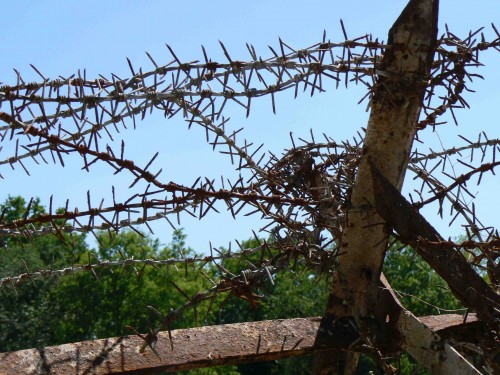Hi
From : http://www.coolcrack.com/2011/11/amazing-pictures-of-landscape-still.html
Amazing pictures of landscape still scarred by WWI
Scars of battle: Haunting picture of a landscape near Verdun, France still shows the pockmarks and craters made in the Great War almost 100 years ago
Historical reality: French soldiers at Verdun in 1916. Photographer Michael St Maur Sheil has taken images of the landscapes today which show signs of old battles
Eerie relic: British photographer Michael St Maur Sheil's picture of a World War I observation post near Hebuterne, south of Dunkirk
Fog of war: Mike St Maur Sheil's picture of a misty winter morning on the Somme - looking towards Lutyens Thiepval memorial in Picardie, France
From : http://www.coolcrack.com/2011/11/amazing-pictures-of-landscape-still.html
Amazing pictures of landscape still scarred by WWI
Scars of battle: Haunting picture of a landscape near Verdun, France still shows the pockmarks and craters made in the Great War almost 100 years ago
Historical reality: French soldiers at Verdun in 1916. Photographer Michael St Maur Sheil has taken images of the landscapes today which show signs of old battles
Eerie relic: British photographer Michael St Maur Sheil's picture of a World War I observation post near Hebuterne, south of Dunkirk
Fog of war: Mike St Maur Sheil's picture of a misty winter morning on the Somme - looking towards Lutyens Thiepval memorial in Picardie, France


























